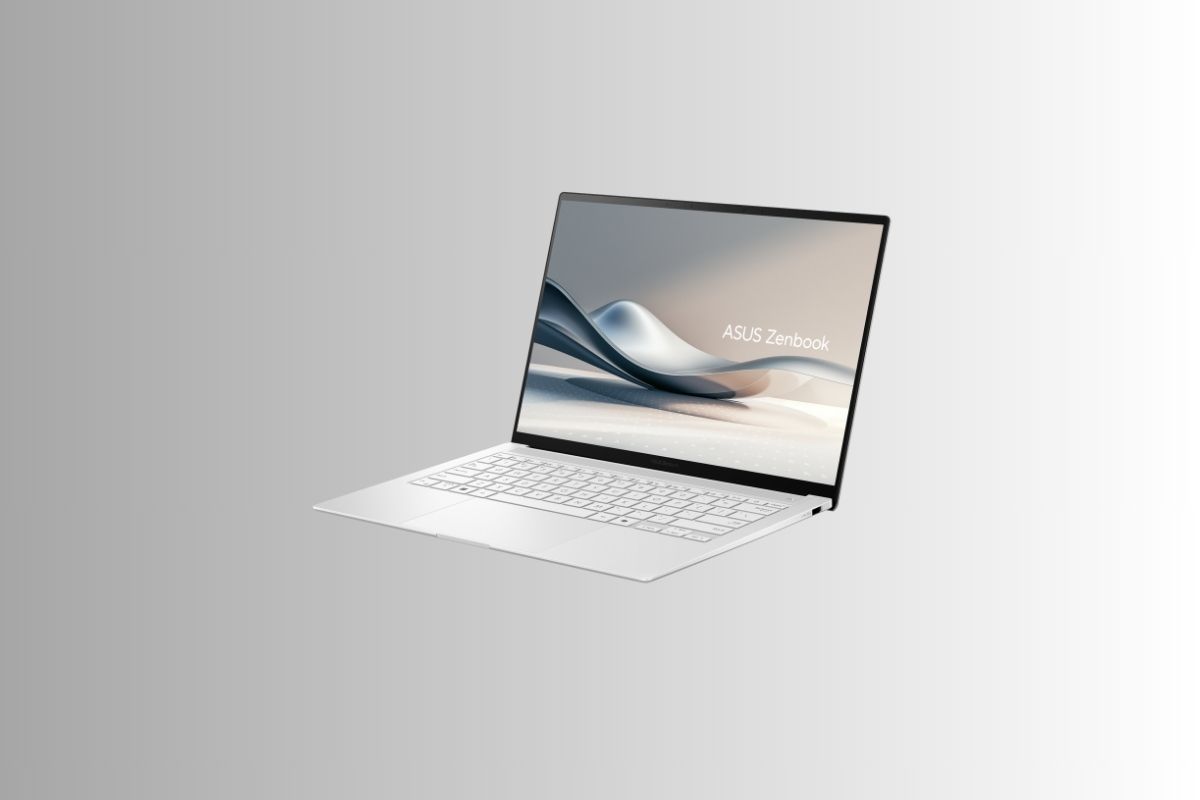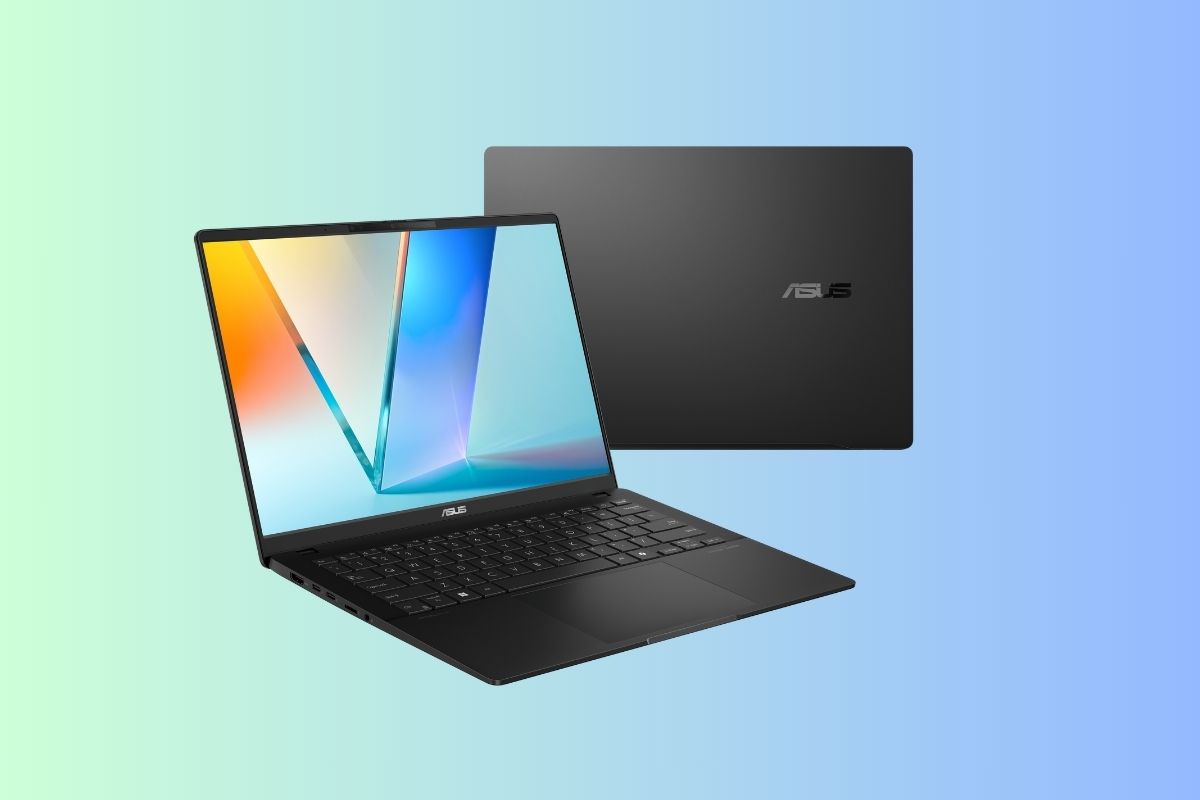Today at IFA in Berlin, Asus showed off the most recent iterations of their Vivobook and Zenbook line of laptops, now powered by the latest Lunar Lake architecture CPUs. These new CPUs supposedly deliver up to 47 NPU TOPS (tera operations per second), which help boost the speed of AI-based features. Asus’ new Zenbook also has a Ceraluminum lid, a fusion of aluminum and ceramic. Not only is this material gorgeous looking but in terms of durability, it’s a step up from the usual plastic or metal fare. While the redesigns are certainly attractive, the real star of the show is Intel’s Lunar Lake CPU. Let’s get into it.
Further reading: Best laptops 2024: Premium, budget, gaming, 2-in-1s, and more

Asus
Asus
<div class="scrim" style="background-color: #fff" aria-hidden="true"></div>
</div></figure><p class="imageCredit">Asus</p></div>Asus Zenbook S 14
When I first peeped the product images from Asus, I let out a low whistle in response to the new Asus Zenbook S 14, specifically the one with the Scandinavian White colorway. I just can’t resist a stark white colorway and Asus somehow knows that. However, it’s more than just a pretty face.
The Asus Zenbook S 14 comes with either the Intel Core Ultra 7 256V processor or the more powerful 258V processor (aka Lunar Lake). Both are capable of up to 47 TOPS. The E-Core CPUs are more power efficient and are capable of running at up to 3.7GHz, while the P-Core CPUs, which are designed to run heavier workloads, run at up to 4.8GHz. It sounds interesting and I’m curious to know how they’ll perform in PCWorld’s laptop benchmarks. All in due time…
This laptop also comes with up to 32GB of RAM and 1TB of SSD storage. The 14-inch 2880×1800 OLED display features a taller, 16:10 aspect ratio, a 120Hz refresh rate, 100 percent of the DCI-P3 color gamut, and 500 nits of HDR peak brightness. Given those numbers, this screen should be a real banger. OLED displays are known for producing inky blacks and vibrant colors, so I have high expectations of the Zenbook’s display.
Finally, this machine appears to be both slim and durable. It measures 0.48 inches (profile) and weighs just 2.7 pounds. The aforementioned Ceraluminum material is a fusion of ceramic and aluminum, which likely lends to its lightweight yet long-lasting design. Other cool features include a four-speaker sound system, AI noise cancelation (useful during Zoom calls), and a geometric grille that keeps the hardware nice and cool.
The Zenbook S 14 has a starting price of $1,399.99 and will be available to purchase this September.

Asus
<div class="lightbox-image-container foundry-lightbox"><div class="extendedBlock-wrapper block-coreImage undefined"><figure class="wp-block-image size-full enlarged-image"><img decoding="async" data-wp-bind--src="selectors.core.image.enlargedImgSrc" data-wp-style--object-fit="selectors.core.image.lightboxObjectFit" src="" alt="Asus Vivobook S 14" class="wp-image-2443538" width="1024" height="683" loading="lazy" /></figure><p class="imageCredit">Asus</p></div> </div></figure><p class="imageCredit">Asus</p></div>Asus Vivobook S 14
The Asus Vivobook S 14 follows in the same footsteps as the Zenbook S 14. It’s thin and portable, measuring 0.54 inches and weighing 2.86 pounds. However, the biggest difference between the two is the price tag. The Vivobook S 14 is the more pragmatic and affordable option with a starting price of $999.99. Don’t let the lower price fool you, though–the hardware is still impressive. Although we haven’t gotten our hands on this machine just yet, I expect zippy day-to-day performance.
This laptop is equipped with an Intel Core Ultra 7 (aka Lunar Lake) processor, Intel Arc Graphics, 16GB of RAM, and 512GB of SSD storage. The 14-inch 1920×1200 OLED display has a 60Hz refresh rate, a 16:10 aspect ratio, and 100 percent sRGB. The Vivobook may have a lower resolution and refresh rate than the Zenbook, but that’s not necessarily a bad thing. It’s a perfectly fine screen for spreadsheet work, watching YouTube, and so on.
The above configuration of the Asus Vivobook S 14 (16GB of RAM/512GB of SSD storage) has a starting price of $999.99 and is expected to launch this September. The model with more RAM (32GB) and storage (1TB) also has a starting price of $999.99, but won’t be available to purchase until October.
Autentifică-te pentru a adăuga comentarii
Alte posturi din acest grup


Microsoft is sending the next annual feature update for Windows 11, v

Smart appliances are great since you can control them from your phone

Does your CPU come with a cooler in the box? Do you need to buy a sep

In previous versions of Microsoft Outlook (the classic app), you coul

If you’ve been waiting for a value-packed laptop to snap up for a gre

OLED monitors aren’t exactly cheap, but Dell subsidiary Alienware def
